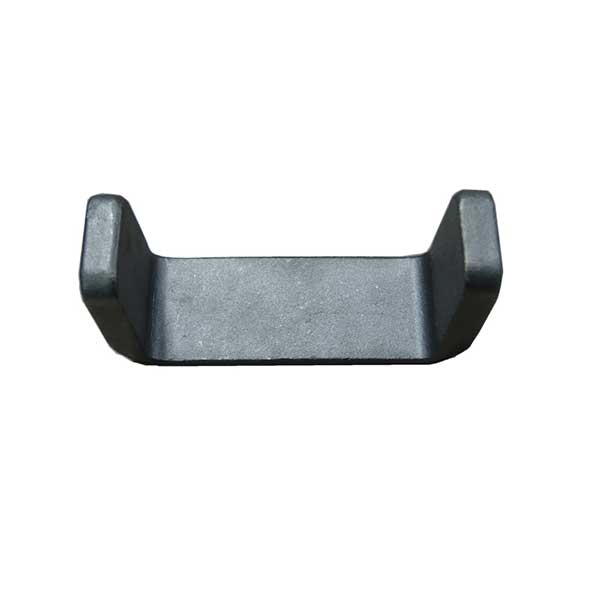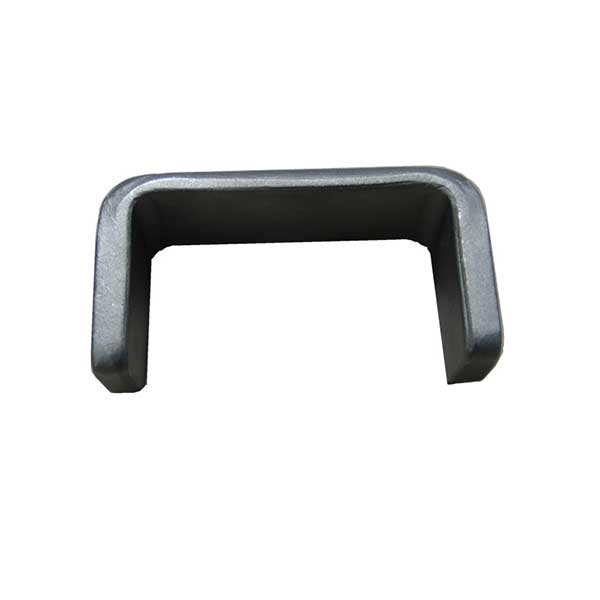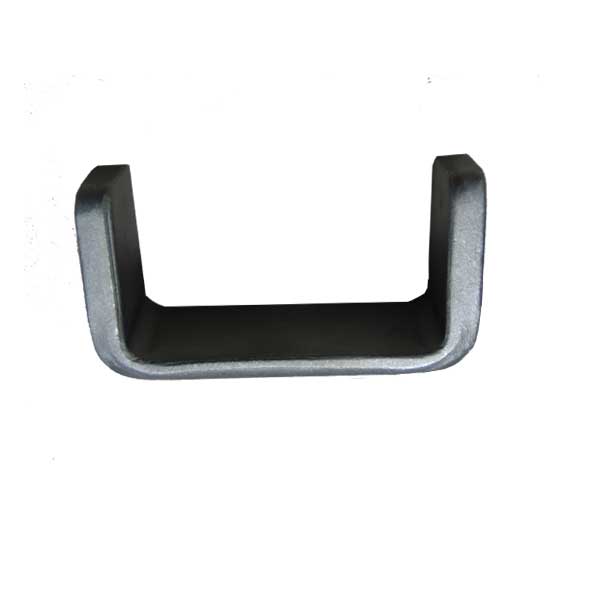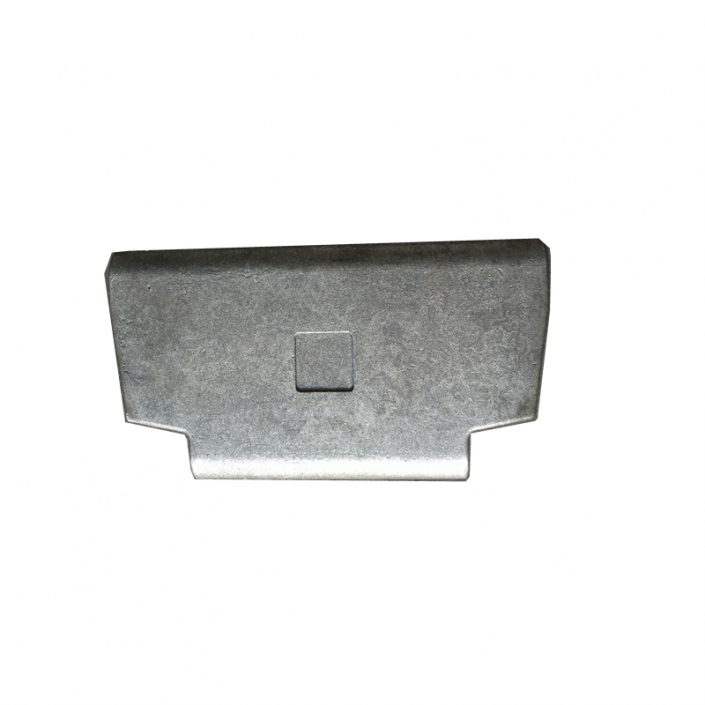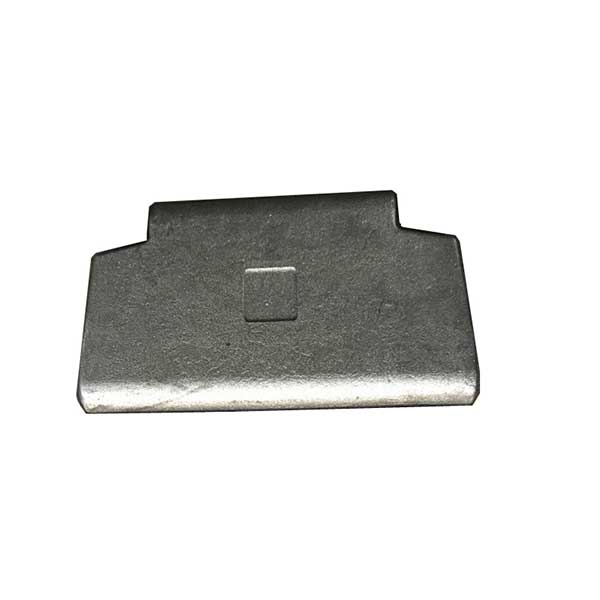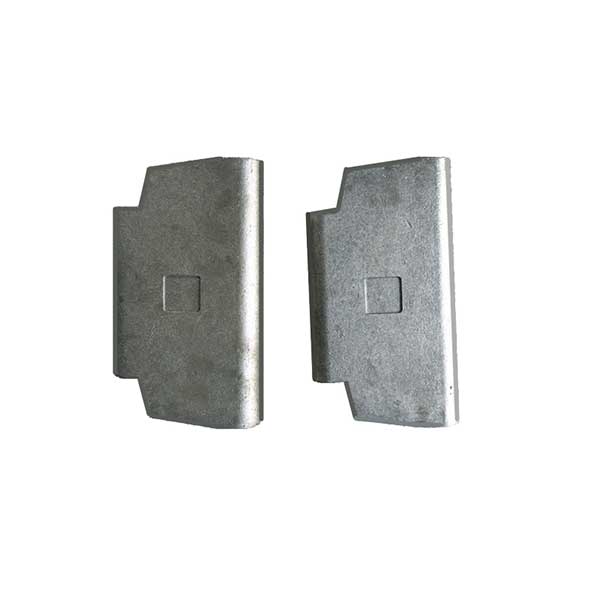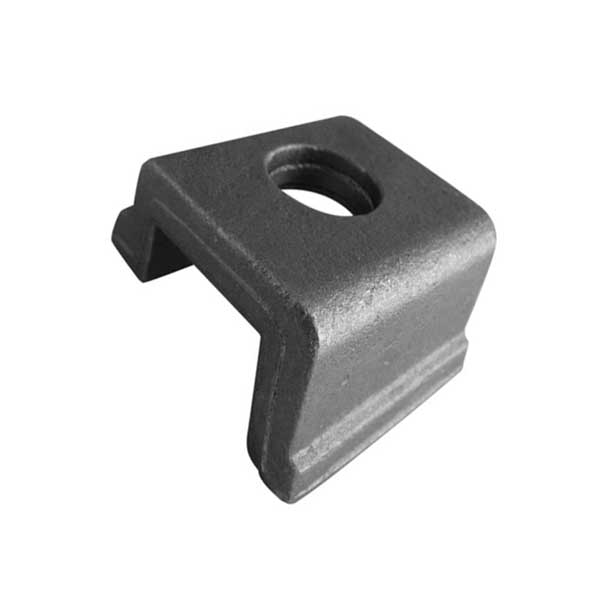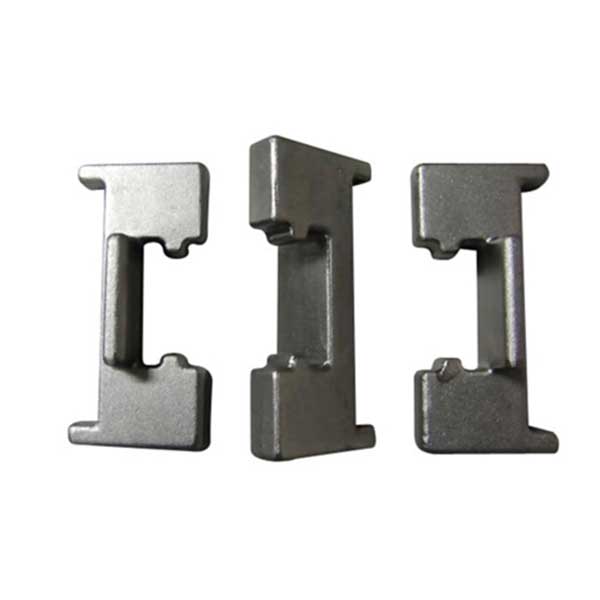The fixed limit plate forging design preparation work
(1) Understand the needs of customers.
Familiar with the information provided by the customer, such as technical requirements, machine parameters and so on. Generally, there are regulations for waste removal, forged part materials, upper and lower cutting edge clearance, and the like.
(2) From the work chart to get the following information:
The digital model surface of the sequence is in the direction of the feeding direction
Cutting edge punching number, hole diameter, hole position, C/H hole using equipment
Analysis and calculation before the design of fixed limit plate forging
(1) Analysis and the content of the stamping
Familiar with the process surface, analyze the waste discharge is barrier-free, consider the waste discharge plan
(2) Analysis and the content of the stamping
The stamping content of the upper process has an influence on the design of the sequence. It is necessary to determine a few points: the size of the digital mold blank after the completion of the upper order is used to determine the length of the scrap knife of the order and ensure the cutting. Or used to make the positioning edge of the sequence, determine the position of the positioning plate or the positioning pin.
Check that the upper part of the workpiece cannot be interfered with the original mold when placed on the original mold.
(3) Returning force Ps (calculation formula refers to design standard)
In conventional designs, the return force is generally 3-5% of the punching force. (Generally thick material takes small and thin material to take large)
If the bilateral gap is less than 10% of the plate thickness, the return force will increase. Ts2mm, Ps=0.05P (simple shape);
Return material Ps=0.06P (complex shape); P is punching force. t=2~4.5mm, Ps=0.07P (simple shape); returning force Ps=0.08P (complex shape); P is punching force.
T24.6mm, the returning force Ps = (0.10-0.20) P; P is the punching force.
(4) Determination of the amount of punching and cutting
In the absence of a scrap knife, the upper die can be cut into the lower die 5 or 6 mm.
(5) Analysis of the stroke of forced punching
Definition: When the direction of the trimming line of the vertical side and the punching direction are 0S8°, the cutting is forced blanking.
(6) Size and closing height of fixed limit plate forgings
A, according to the size of the forging, the size and position of the punching line, to ensure the punching force
The center coincides with the center of the mold to estimate the length and width of the mold. The height of the lower mold base is estimated based on the slip angle and the width of the mold.
B. Determine the height of the upper die according to the height and type of the forging.
Estimate the closing height of the mold, compare it with the corresponding parameters, and see if the selected equipment is suitable. If it is not suitable, it should be replaced so as not to affect the design of the fixed limit plate forging.
The step of forging the fixed limit plate is not fixed. It is often necessary to consider a variety of factors at the same time. When encountering problems, it is necessary to promptly check the proofreading and save the time of mold design.

